#Eastern wolf
Text
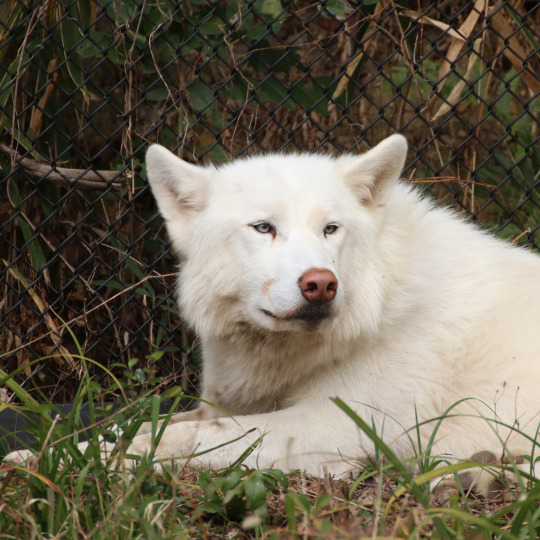
秋田犬かと思ったらシンリンオオカミでした。優しい顔をしているね。
@東山動植物園
I thought it was an Akita dog, but it was a wolf.
His face is very gentle.
@Higashiyama Zoo & Botanical Gardens
17 notes
·
View notes
Text
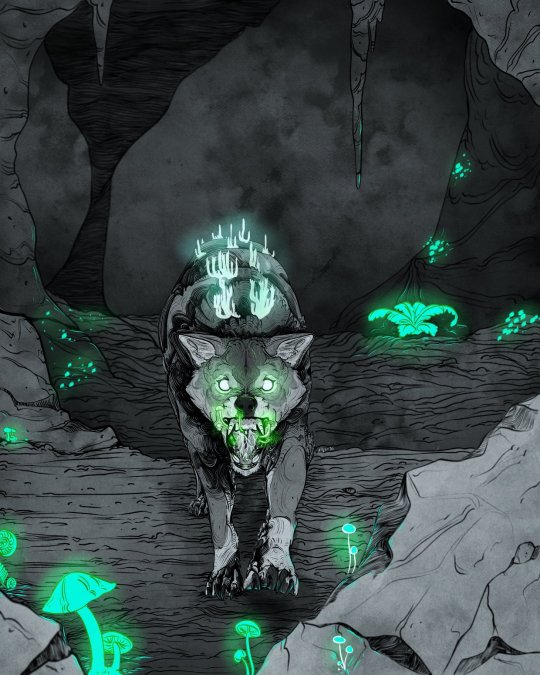
Finished commission for an off-site client!
72 notes
·
View notes
Text
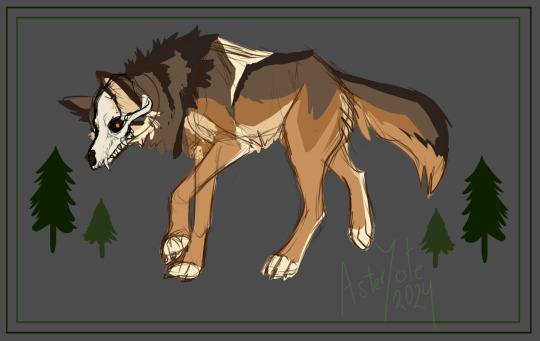
I have a soft spot for edgy creatures with skulls for a face. Especially if that edgy creature is a wolf. Enjoy this quick doodle :3
#wildlife art#nature art#wildlife#my art#artists on tumblr#wolf#horror#skulldog#skullwolf#gray wolf#eastern wolf#aestheic#sketch#digital art
5 notes
·
View notes
Note
Hey there! May I request a white timber wolf moodboard? No specific theme, go wild. ^^
⟢ timber wolf moodboard 𓂃﹐

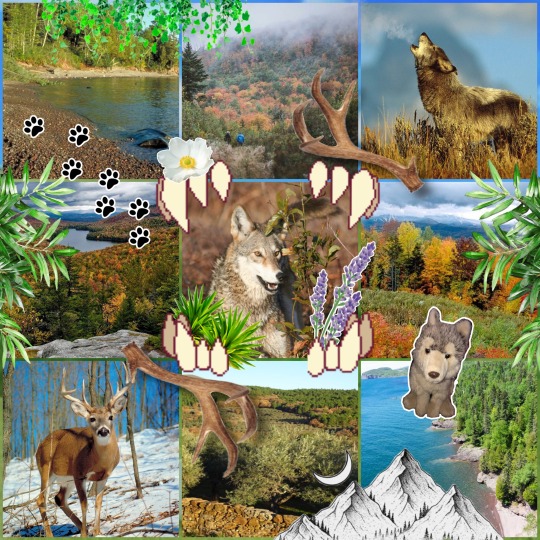
with no specific theme, so i chose nature based!
☆ : i love canines

#moodboard#wolf moodboard#timber wolf moodboard#timber wolf#wolf#timber wolves#nature moodboard#eastern wolf#kin blog#mod argus
4 notes
·
View notes
Text
The Anthropocene/Conservation Cont.
Individuals across a variety of species alter their environments (e.g., beavers build dams, birds build nests, and earthworms physically/chemically alter soil) in a process called “niche construction.” Humans excel at this kind of activity and often participate in ways that “[use] phenomenal amounts of energy” [1, p. 28]. Unfortunately, this often results in “collateral consequences for climate, species diversity, and landscapes” [1, p. 30]. In response to the acceleration and accumulation of these consequences, it has been proposed that we have left the Holocene and entered into a new geological age called the “Anthropocene.”
Among other things, the Anthropocene is “a tool with which to focus attention on the current role of Homo sapiens in altering the Earth as a whole, and is a shorthand descriptor of that phenomenon” [1, p. 27]. It has become central to many analyses of human-animal relations and has called for us to do away with dualistic thinking of nature/society—with nature existing firmly outside the sphere of human society [2]. Rutherford, for example, has stated that “for all of its conceits around the importance of humans to the stories of the earth, it does invite a recognition that the world only operates via entanglement” [3, p. 215].
In light of this, I would like to acknowledge a study of mammalian movement in response to anthropogenic activity. Tucker et al. have determined that anthropogenic activities are "not only causing the loss of habitat and diversity, but also [affect] how animals move through fragmented and disturbed areas" [4, p. 9; see also 5-8]. Mammalian movements were typically two-to-three times smaller in areas with comparatively high instances of human presence compared to the same movements in areas with lower instances of human presence [4, p. 9]. This was attributed to both (1) an "individual-behavioral effect, where individuals alter their movements relative to" human activity, and (2) "a species-occurrence effect, where certain species that exhibit long-range movement" change their behavior to no longer reside in areas with high instances of human presence [4, pp. 11-12]. In terms of conservation, the authors conclude that animal movements should be considered a key conservation metric and that the goal should be maintaining landscape permeability [4, p. 13].
While most nations have some kind of endangered species legislation in place to prevent the loss of biodiversity, the majority of current conservation policies, practices, and conceptual frameworks are ill-suited to the Anthropocene because they were created "before there was widespread awareness of the unprecedented pace and magnitude of environmental change caused by humans" [9, p. 107]. Kareiva and Fuller recommend that we should instead be anticipating future impacts and "establishing goals that [reflect] the best science as to what is feasible in the future" [9, p. 108]; in short, a review and potential overhaul of current practices and/or conceptual frameworks because "nature is not a business, nor should it be run as one" [9, p. 111].
References:
[1] Boggs, C. (2016). Human Niche Construction and the Anthropocene. RCC Perspectives, 2, 27–32. www.jstor.org/stable/26241355
[2] Fredriksen, A. (2016). Of wildcats and wild cats: Troubling species-based conservation in the Anthropocene. Environment and Planning D: Society and Space, 34(4), 689-705. doi.org/10.1177/0263775815623539
[3] Rutherford, S. (2018). The Anthropocene’s animal? Coywolves as feral cotravelers. Environment and Planning E: Nature and Space, 1(1-2), 206-223. https://doi.org/10.1177/2514848618763250
[4] Tucker, M.A., Böhning-Gaese, K., Fagan, W.F., Fryxell, J., Moorter, B.V., Alberts, S.C., … Mueller, T. (2018). Moving in the Anthropocene: Global reductions in terrestrial mammalian movements. Science, 359(6374), 466-469.
[5] Patterson, B.R., Bondrup-Nielsen, S., & Messier, F. (1999). Activity patterns and daily movements of the eastern coyote, Canis latrans, in Nova Scotia. Canadian Field Naturalist, 113(2), 251-257. https://www.researchgate.net/publication/285966455
[6] Way, J.G. (2011). Eastern coyote/coywolf (Canis latrans x lycaon) movement patterns: Lessons learned in urbanized ecosystems. Cities and the Environment (CATE), 4(1), Article 2. https://digitalcommons.lmu.edu/cate/vol4/iss1/2
[7] Way, J.G. (2021). Coywolf: Eastern coyote genetics, ecology, management, and politics. Eastern Coyote/Coywolf Research, Barnstable, Massachusetts. www.easterncoyoteresearch.com/Coywolf/
[8] Way, J.G., Ortega, I.M., & Strauss, E.G. (2004). Movement and activity patterns of eastern coyotes in a coastal, suburban environment. Northeastern Naturalist, 11(3), 237-254. www.jstor.org/stable/3858416
[9] Kareiva, P. & Fuller, E. (2016). Beyond resilience: How to better prepare for the profound disruption of the Anthropocene. Global Policy, 7(Suppl. 1), 107-118. https://doi.org/10.1111/1758-5899.12330
TL;DR:
Humans are niche constructors who greatly alter the environment
The degree to which anthropogenic alterations occur has led to the suggestion that we have left the Holocene and entered the Anthropocene
The Anthropocene is a central concept in contemporary human-wildlife analyses and invites a recognition of entanglement
Conservation practices, etc. may need an overhaul to account for the degree of anthropogenic impact on wildlife/the environment
Hybridization | DNA Analyses | Range & Diet | Behavior & Ecology | Attitudes | Conservation
#coywolf#northeastern coyote#eastern coyote#canis latrans var.#canis latrans x canis lycaon#western coyote#eastern wolf#canis latrans#canis lycaon#alternative senior thesis project#the anthropocene#conservation#compassionate conservation#nature/society#interspecific interactions#movement patterns#biodiversity#“nature is not a business nor should it be run as one”#ecology#anthropology#niche construction
5 notes
·
View notes
Text


0 notes
Text
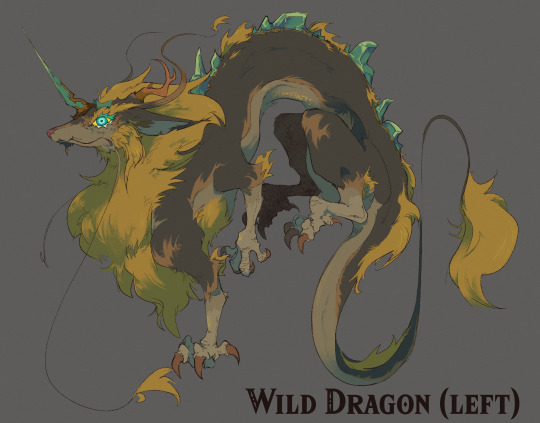
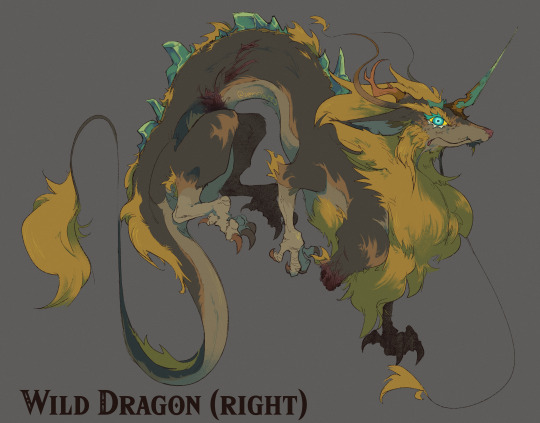
(click for higher quality!) draconified link concept ive been chipping away at this past week ..... here's my funny little compendium concept for him:
"A heroic spirit has taken the form of this bestial dragon. Unlike it's kin, this creature exhibits an extremely aggressive disposition. It appears highly territorial, and will relentlessly chase down those who disturb its skywide patrols - of which it seems to be endlessly searching for either a long-time vassal or foe. Unfortunately, it seems the spirit within has long since forgotten exactly who it was looking for…"
#now. how on earth do i begin to tag this. um.#link#loz#totk#totk spoilers#light dragon#dragon link#loz au#totk roleswap au#there . i'll add more if they come to me LOL#um i can talk about some of my insps i guess?? might make another post too#so mostly i just dont really like turning him into 'light dragon but male' and giving him slightly darker colours or something like that#this also obviously isnt exactly like the botw dragons either though and its a bit more of a mix of other creature concepts i enjoy#since everyone agrees he'd have a farosh horn i wanted to make him a kirin/unicorn :) which is why his tail looks like that#aside from the obvious eastern dragon insps and what ive picked and chosen from the botw dragons#and obviously this looks a lot like wolf link. thats on purpose#i wanted to give him some fierce deity design refs too but because this is so dark/earthy they didnt look very fitting#but honestly you could do a whole fierce deity dragon design on its own i think#okay lots of tags but IVE THOUGHT ABOUT THIS FOR A WHILE. okay. let me have this.#my art
4K notes
·
View notes
Text
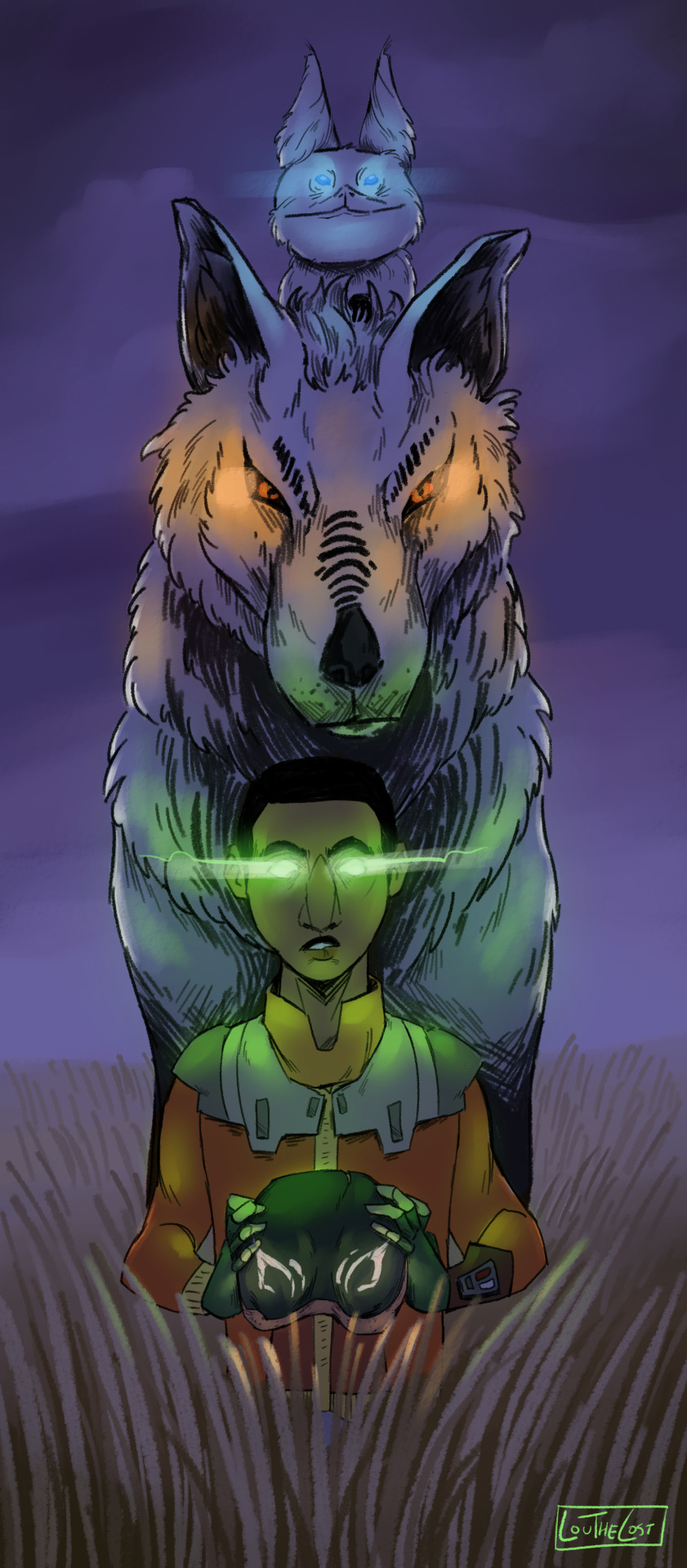
Lothal is my home
Ezra Bridger, the character that you are...
(progress shots under the cut)



#star wars rebels#ezra bridger#lothal#star wars#sw rebels#fanart#art#illustration#loth wolf#loth cat#these guys look at you from across the wheat field... what do you do?#i love him so much. i love lothal so much#my favourite character in ensembles is like NEVER the main character but i had ezra for 5 minutes and pack bonded#naive middle eastern kid who wants to make his home better#becoming tired and wired middle eastern teen who wants to make his home better EVEN IF YOU WONT HELP GOD DAMNIT#just... chef's kiss#insert: omg he's just like me fr fr#(stealing my own tags from a different post about him because i love him)#(he's my son now)
635 notes
·
View notes
Text
A frog and Toad OC. She’s one of the “Therapists” of the town, but honestly he’s not to be trusted. 50/50 bad advice and good advice, He’ll give you both.
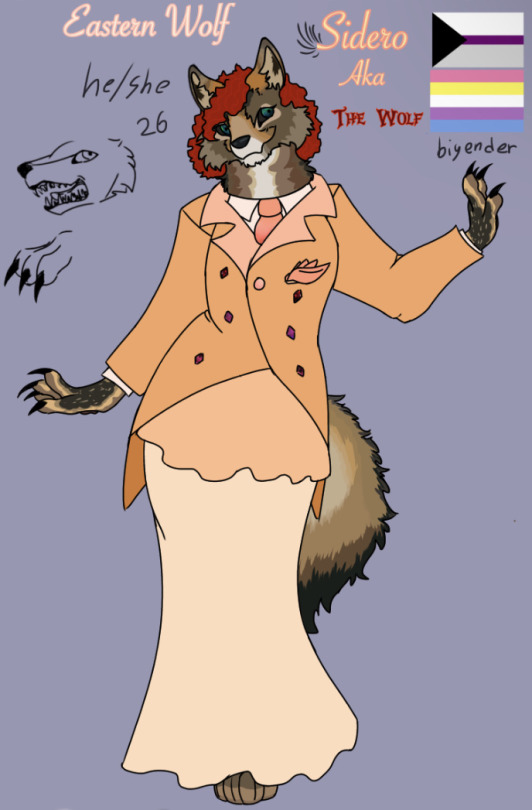
He came from far different city, rumors of her supposedly “eating” the clients who were at their lowest point in life. These rumors were probably not true but heyyy, she’s a great friend if you don’t trust the bad advice he gives you
#ocs#my ocs#Frog and Toad OC#Sidero#Eastern Wolf#She do be slaying the Suit and Dress#Let’s hope he doesn’t ruin lives#Jk she probably did#reposted#yeah reposted because I don’t know if the first one went though#my drawing
0 notes
Photo

Flat color sketch for Korozjin!
Posted using PostyBirb
#art#commissions#eskiworks#artists on tumblr#anthro#shark#eastern dragon#wolf#black#teal#striped#rain#umbrella
437 notes
·
View notes
Text

rivka the wolf but from a 1970s eastern european cartoon
#art#digital art#my art#oc#original character#furry#fursona#furry oc#furry fandom#wolf#wolf furry#soviet cartoons#eastern european cartoons#slavic art#polish art#rivka#rivka the wolf
235 notes
·
View notes
Note
hi! can you tell us what breeds you chose for the werewolf/dog puppingtons and why please? :3
Listen I don't know much about wolf breeds
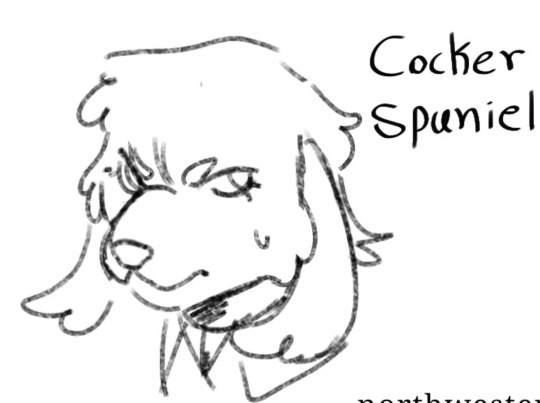
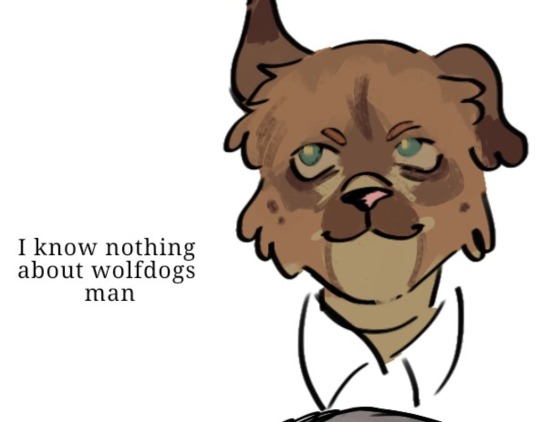
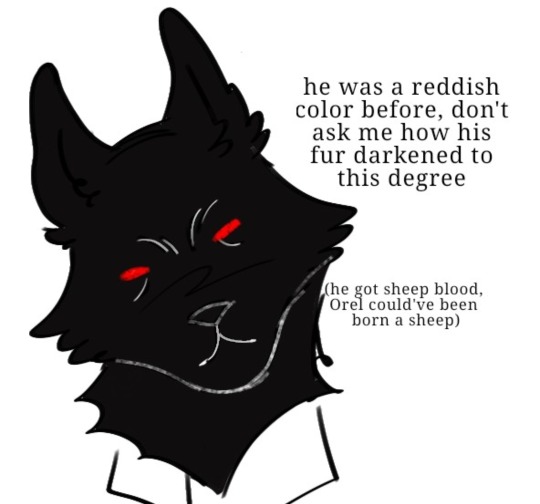
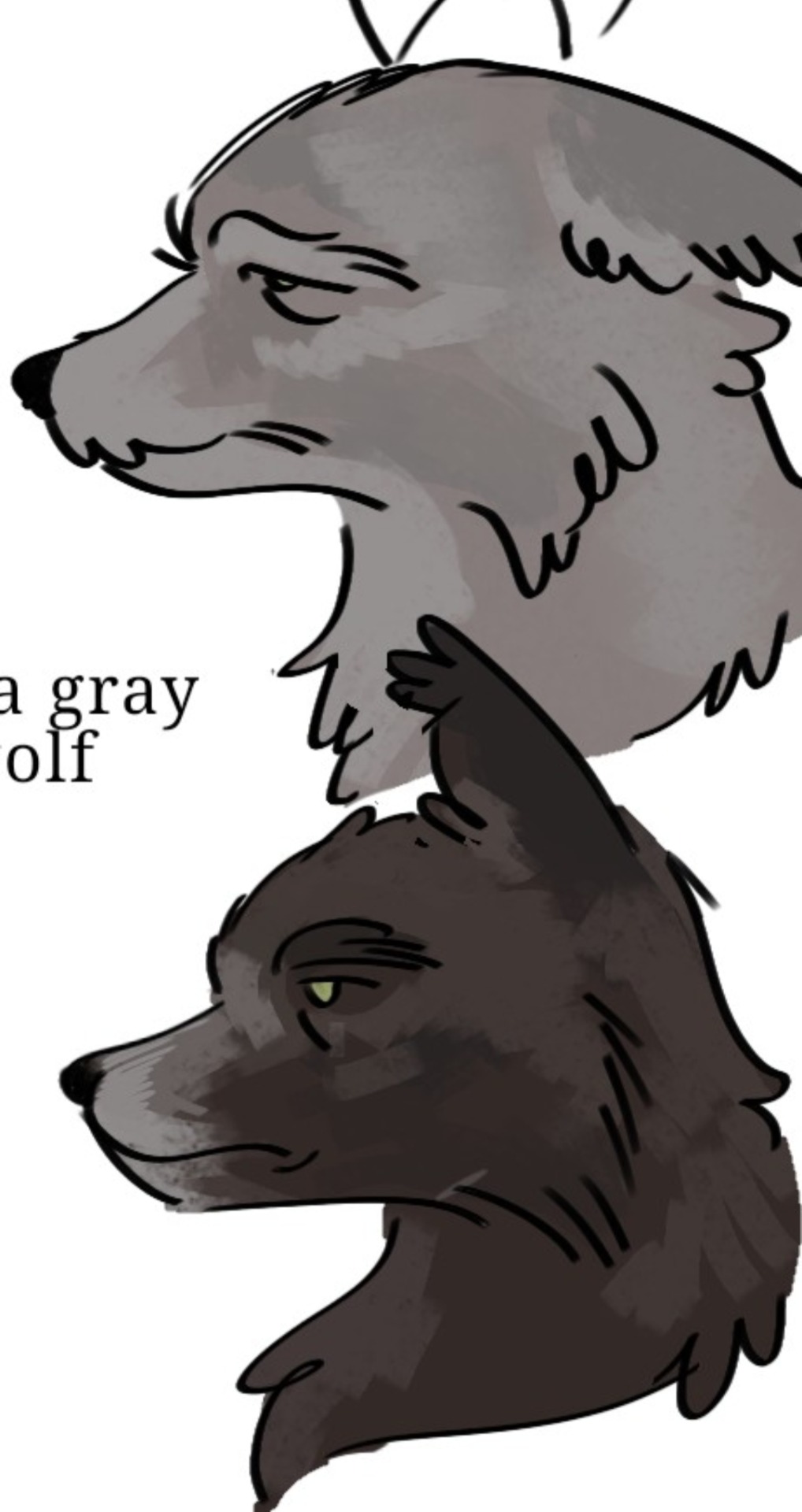
Orel is...whatever, bloberta is a cocker spaniel. clay and Arthur are uh. Gray wolves?
#ask#anonymous#i am not giving a reasoning#i changed. Arthur's fur a bit#the eastern wolf. looks more like clay. when he was smaller#well it's description i guess#its*#uhh wait i think eastern wolves aren't considered as a subspecies of the gray wolf any.more#wolf subspecies are a bit confusing#never ask me about wolf species again
119 notes
·
View notes
Text
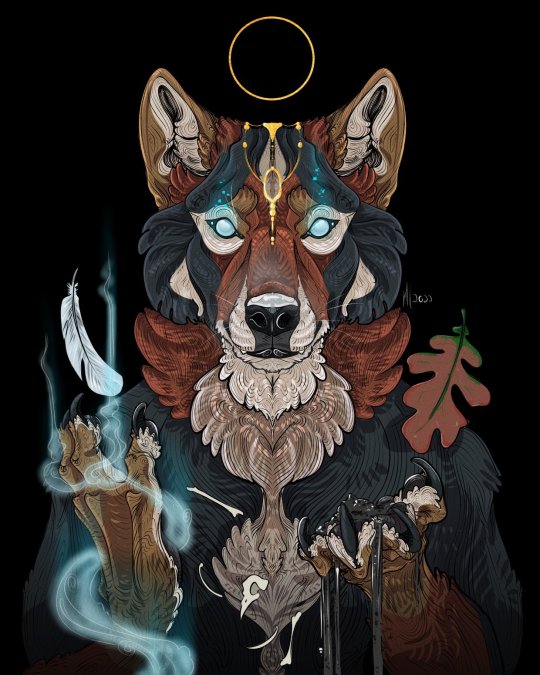
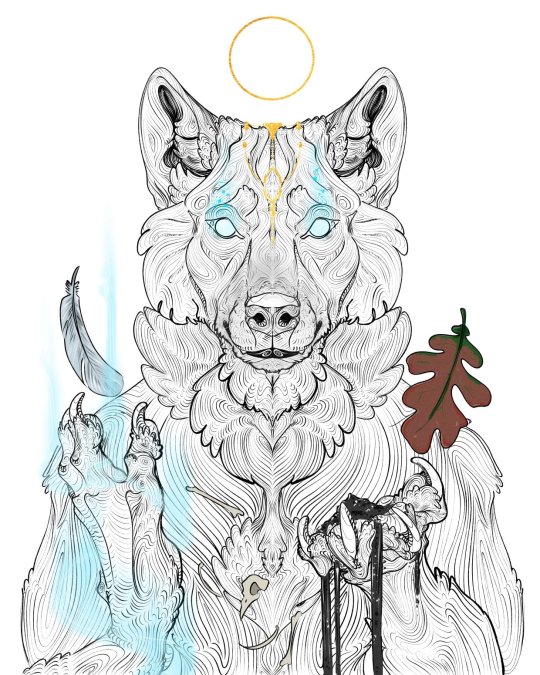

Omens
Alt versions also :)
59 notes
·
View notes
Text
Gothic Fantasy/Folk Horror Books: 10 Recommendations
Uprooted by Naomi Novik
Spinning Silver by Naomi Novik
Juniper & Thorn by Ava Reid
The Wolf and the Woodsman by Ava Reid
A Far Wilder Magic by Allison Saft
Down Comes the Night by Allison Saft
Not Good For Maidens by Tori Bovalino
The Bear and the Nightingale by Katherine Arden
Nettle & Bone by T. Kingfisher
The Gathering Dark: An Anthology of Folk Horror by Tori Bovalino and others
#juniper & thorn#the wolf and the woodsman#naomi novik#ava reid#t kingfisher#tori bovalino#gothic fantasy#folk horror#folktales#dark fairytale#fairytale retelling#eastern european#folklore#russian folklore#the bear and the nightingale#books#books and literature#book blog#ya books#book recs#book recommendations#bookish#booksbooksbooks#the brothers grimm#gothic books#dark fantasy#cozy fantasy#cozy books#polish folklore#jewish folklore
497 notes
·
View notes
Text
Attitudes Towards Coyotes
Coywolves can live successfully in a variety of habitats (for related information, see my post on range/diet). The primary sources of mortality in the majority of these environments are anthropogenic (i.e., trapping, shooting, car accidents, and poisoning). Poisoning remained a widespread method of predator eradication until 1972, when its use on federal lands was banned in the United States; the use of household rodenticides is, however, still allowed.
Though a portion of the general public has become sympathetic towards these animals in recent years [1-2], deliberate killings still occur on city margins. An example of this was discovered during a 2005 study of a pack of coyotes in eastern Massachusetts [3]. Activity and movement patterns in this study were typical; the coyotes did not kill local pets or physically endanger citizens, but rather increased their nocturnal behavior to avoid people and displayed territorial behavior towards transient individuals. Even so, sightings of the individuals in this pack—Maeve, Jet, and Cour—led to some upset.
All three individuals were found dead during the study; in each case, the cause of death was ruled an anticoagulant pesticide (Brodifacoum, a second-generation poison and active ingredient in some forms of rat poison). Because all three displayed no abnormal behavior in the week leading up to their deaths and all died in less than a week, it is likely that, rather than having eaten poisoned prey, they were purposefully dosed at high concentrations.
Public support for the lethal management of carnivores has noticeably declined over time. Jackman and Way surveyed Cape Cod voters to examine “knowledge of and attitudes toward current coyote hunting policies and practices in Massachusetts” [1, p. 188]. Knowledge was largely limited, with only 40% being aware that Massachusetts has a hunting season for coyotes and 14% being aware that there are no bag limits—meaning a hunter can kill as many coyotes as they want. Responses to the survey indicated that only 23% supported the no-bag limits; the “only group to include majority support (62%)” [1, p. 190] comprised frequent hunters, who represented only a small percentage of the sampled public.
Anyone wishing to determine shifts in attitude towards and/or awareness of coywolves should consider the use of surveys à la Jackman and Way [1]. I wanted to incorporate a survey to determine whether residents of Massachusetts and Pennsylvania (where I am currently based) had noticeably different stances, but I did not give myself enough time to get IRB approval and properly analyze data. I would also recommend a potential partnership with an ecologist and/or biologist. Because I am an anthropologist and have little background in those fields, I was therefore somewhat limited in my view/understanding.
References:
[1] Jackman, J.L. & Way, J.G. (2017). Once I found out: Awareness of and attitudes toward coyote hunting policies in Massachusetts. Human Dimensions of Wildlife, 23(2), 187-195. https://doi.org/10.1080/10871209.2017.1397824
[2] Way, J.G. (2021). Coywolf: Eastern coyote genetics, ecology, management, and politics. Eastern Coyote/Coywolf Research, Barnstable, Massachusetts. www.easterncoyoteresearch.com/Coywolf/
[3] Way, J.G., Cifuni, S.M., Eatough, D.L., & Strauss, E.G. (2006). Rat poison kills a pack of eastern coyotes, Canis latrans, in an urban area. Canadian Field Naturalist, 120(4), 478-480.
TL;DR:
Coywolf mortality is largely anthropogenic
Attitudes towards coywolves have improved over time
Massachusetts and Pennsylvania have no bag limits on coyotes; Pennsylvania has no set hunting season
Hybridization | DNA Analyses | Range & Diet | Behavior & Ecology | Conservation | The Anthropocene
#coywolf#northeastern coyote#eastern coyote#canis latrans var.#canis latrans x canis lycaon#western coyote#canis latrans#eastern wolf#canis lycaon#alternative senior thesis project#anthropogenic mortality#predator control#carnivore management#activity patterns#movement patterns#hunting practices (MA/PA)#ecology#anthropology
2 notes
·
View notes
Text

criminal profiles ;)
#get it cos they’re in profile hahahahhaa#mr wolf#mr snake#wolfsnake#the bad guys#cant believe dw sid be gay do crimes#mr snake is EXACTLY the kind of gay person i want to be#i’m so normal about him i promise i’m rabidly normal about mr snake#this movie is just so much fun!!! aaaaa!!!#plot: mr wolf accepts that he has a praise knk#we all know it’s true#they’re so shaped i love drawing their shapedness#fluffyvenom#fluffysqueeze#he’s either a python or an eastern brown snake i think nobody can agree lol
1K notes
·
View notes